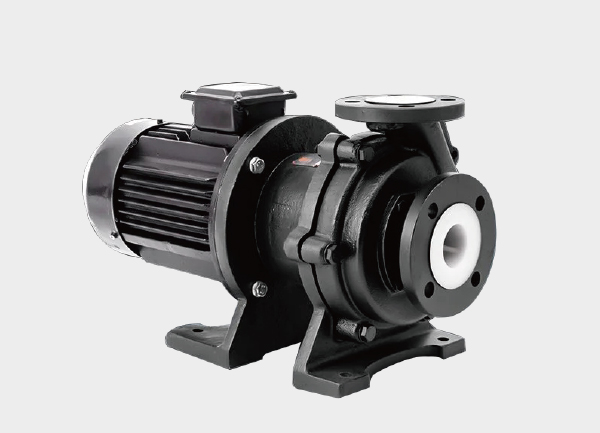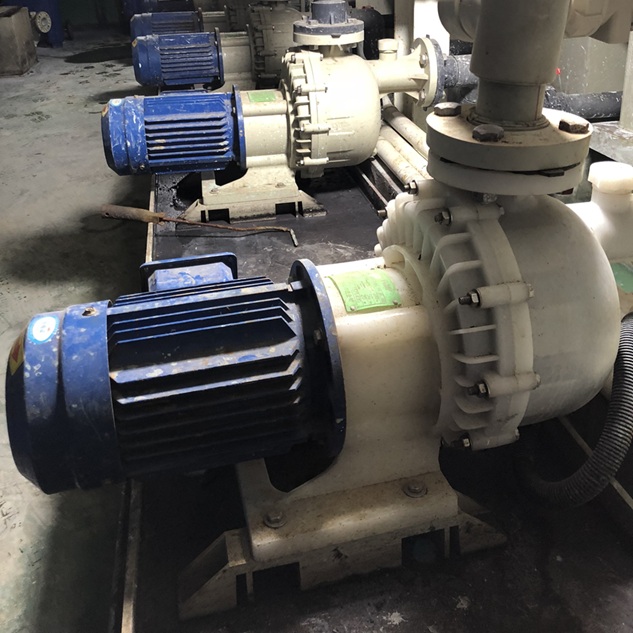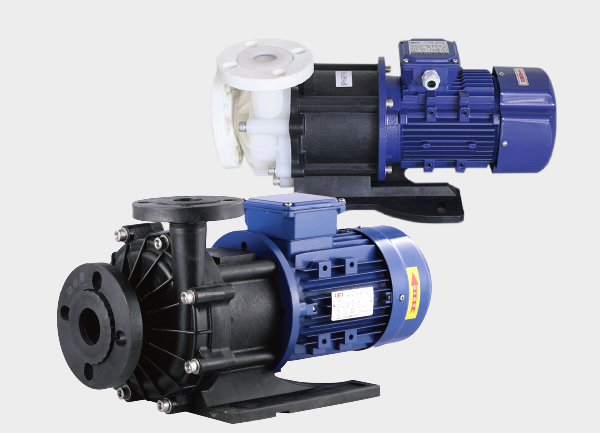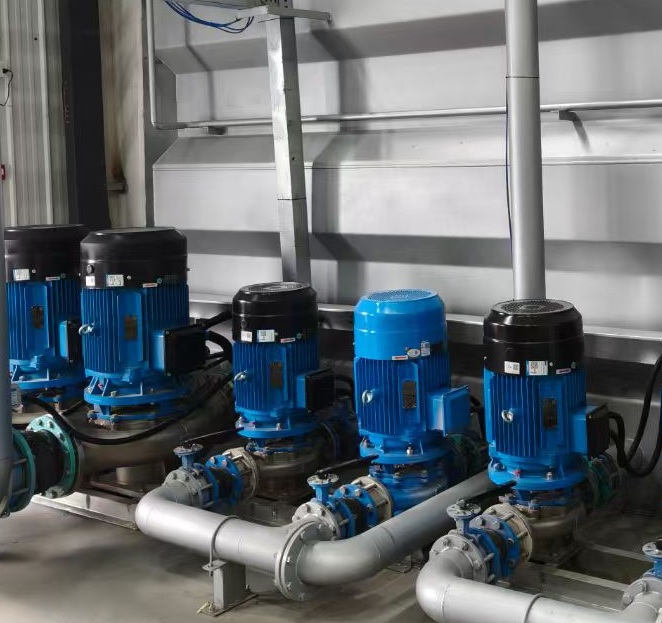A chemical dosing pump (also called a metering pump) is a specialized device designed for precise fluid transfer. Its primary function is to inject chemicals—such as acids, alkalis, corrosion inhibitors, disinfectants, and flocculants—into target systems at controlled flow rates or ratios. These pumps are widely used in industrial production, environmental protection, water treatment, pharmaceuticals, and laboratories, where accurate chemical concentration is critical.
Key benefits include high metering accuracy, adjustable flow rates, reduced chemical waste, and prevention of system damage or process failure.
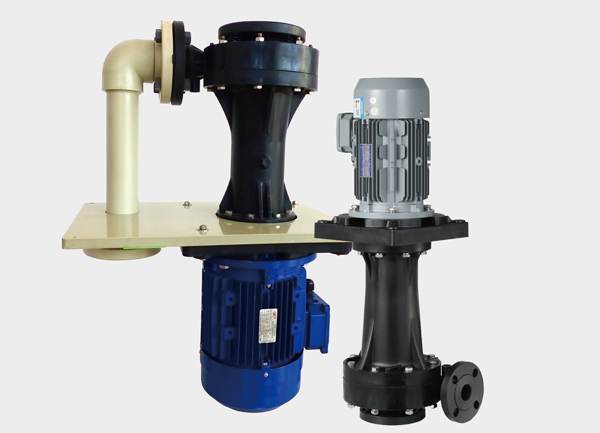
1. Key Components and Working Principle
1.1 Core Components
Chemical dosing pumps are designed for precision metering and typically consist of the following units:
Power Drive Unit: Provides the motion to the pump. This can be an electric motor (electric pumps), pneumatic motor (air-driven pumps), or manual drive (for small-scale applications).
Fluid Transfer Unit: Directly contacts and moves chemicals. It includes pump heads (chambers), plungers/diaphragms/gears/hoses, and check valves to ensure unidirectional flow.
Flow Regulation Unit: Controls chemical dosage. Options include manual knobs (adjusting stroke length or frequency) or automatic modules that respond to PLCs, pH meters, or level sensors.
Sealing and Protection Unit: Prevents leaks and chemical corrosion. Seals may be made of PTFE, perfluoroelastomers, or other corrosion-resistant materials. Pump bodies are often PVDF or 316L stainless steel for added chemical resistance.
1.2 Working Principle
All chemical dosing pumps operate on a “suction and discharge” cycle:
Suction Phase: The drive unit moves the pump element (plunger, diaphragm, or gear), increasing chamber volume and creating negative pressure. Chemicals are drawn into the pump chamber as the inlet valve opens and the outlet valve closes.
Discharge Phase: The pump element reverses, reducing chamber volume and increasing pressure. Chemicals are pushed out into the system as the outlet valve opens and the inlet valve closes.
Metering Control: Flow rate is precisely controlled by adjusting stroke frequency (cycles per hour) or stroke length (volume per cycle). Advanced pumps allow real-time flow adjustment via automated signals.
2. Main Types of Chemical Dosing Pumps
Chemical dosing pumps are classified based on the fluid transfer mechanism, each with distinct advantages and applications:
2.1 Plunger-Type Dosing Pump
Core Component: Metal or ceramic plunger
Working Principle: Plunger reciprocates, changing chamber volume for suction and discharge.
Advantages: High accuracy (≤ ±1%), strong pressure tolerance (up to 100MPa), stable flow.
Disadvantages: Wear-prone plunger and seals; unsuitable for particle-laden or high-viscosity fluids.
Applications: High-pressure chemical dosing (e.g., oilfield, hydrochloric acid).
2.2 Diaphragm-Type Dosing Pump
Core Component: Elastic diaphragm (PTFE or rubber)
Working Principle: Diaphragm reciprocates, changing chamber volume. Media are fully isolated from the drive unit.
Advantages: Leak-free, strong corrosion resistance, safe for toxic or volatile chemicals.
Disadvantages: Moderate pressure tolerance (≤20MPa); high-viscosity fluids can damage diaphragm.
Applications: Water treatment, chemical pH adjustment, aseptic pharmaceutical dosing.
2.3 Gear-Type Dosing Pump
Core Component: Meshing gears (metal or plastic)
Working Principle: Gears rotate to create suction; meshing pushes fluid out. Flow controlled by gear speed.
Advantages: Simple, low cost, suitable for viscous fluids.
Disadvantages: Lower accuracy (±3–5%), gears wear quickly with particles.
Applications: Food & beverage additives, lubrication systems, general wastewater dosing.
2.4 Peristaltic-Type Dosing Pump
Core Component: Elastic hose and rotating rollers
Working Principle: Rollers compress hose to push fluid; hose rebounds to suction.
Advantages: Media contact limited to hose, dry-run safe, easy maintenance, particle-tolerant.
Disadvantages: Low pressure tolerance (≤0.8MPa), hose lifespan affected by chemicals and temperature.
Applications: Pharmaceutical liquid transfer, laboratory dosing, sludge treatment.
3. Typical Application Scenarios
Chemical dosing pumps ensure precise chemical control across multiple industries:
3.1 Environmental Water Treatment
Municipal Sewage: Dosing flocculants (PAC, PAM) and disinfectants (sodium hypochlorite).
Industrial Wastewater: pH adjustment with acids/alkalis, heavy metal removal with chelating agents.
Drinking Water: Flocculation, disinfection (ozone, chlorine dioxide), anti-scaling chemicals.
3.2 Industrial Production
Petrochemical: Corrosion inhibitors, demulsifiers, scale inhibitors.
Power Industry: Oxygen scavengers, phosphate dosing to prevent boiler scaling.
Pharmaceutical & Electronics: Aseptic liquid dosing, ultra-pure chemical handling for semiconductors.
3.3 Civil and Special Fields
Swimming Pools & Aquaculture: Chlorine dosing, probiotics, water conditioners.
Agriculture & Labs: Nutrient solutions, diluted pesticides, laboratory reagent dosing.
4. Key Selection Factors
Selecting the right pump requires evaluating medium characteristics, process requirements, and environmental conditions:
4.1 Medium Characteristics
Corrosiveness: Use PVDF, PTFE, or perfluoroelastomer components for strong acids/alkalis. Neutral media may use stainless steel or plastic.
Viscosity & Particles: Gear or peristaltic pumps for viscous fluids; peristaltic pumps for particle-laden media.
Toxicity & Volatility: Leak-free pumps (diaphragm or peristaltic); avoid plunger pumps for hazardous chemicals.
4.2 Process Requirements
Flow Range: Choose pumps matching required dosage. Oversized or undersized pumps reduce accuracy.
Pressure Requirements: Outlet pressure must meet or exceed system pressure.
Metering Accuracy: ≤ ±1% for high-precision industries; ±3% for general water treatment; ±5% for low-accuracy applications.
Control Method: Automatic pumps for real-time adjustments; manual pumps for fixed flow scenarios.
4.3 Environmental Conditions
Explosion Protection: Use explosion-proof pumps in flammable environments.
Temperature Range: High-temperature fluids require resistant diaphragms/hoses; cold environments require cold-resistant components.
5. Maintenance and Care Tips
Proper maintenance can extend pump lifespan by 30–50%:
Daily Inspection: Monitor pressure, flow, and leaks. Stop operation if abnormalities occur.
Regular Cleaning: Flush pump heads and valves, especially for sediment-prone chemicals.
Wear Part Replacement: Diaphragms (6–12 months), plunger seals (3–6 months), peristaltic hoses (2–3 months).
Accuracy Calibration: Check flow rates every 3–6 months; adjust stroke length or replace worn parts if errors exceed ±5%.
Medium Compatibility: Ensure chemical compatibility to prevent corrosion or damage.
6. Conclusion
Chemical dosing pumps are critical equipment for precise process control. Choosing the right type depends on chemical properties, pressure, and accuracy requirements. Regular maintenance ensures long-term stable operation, avoiding costly mistakes or process failures caused by inaccurate dosing.



